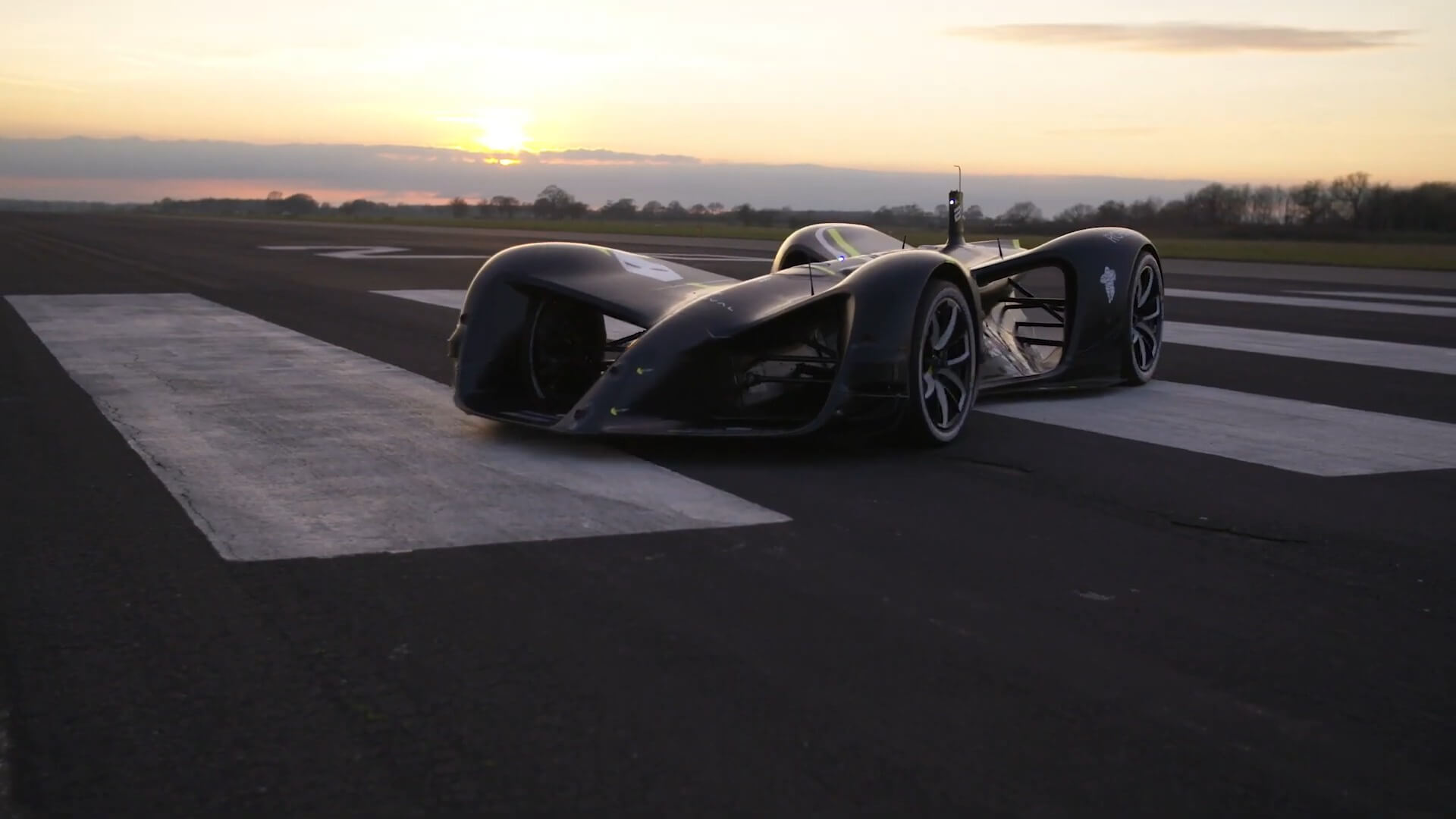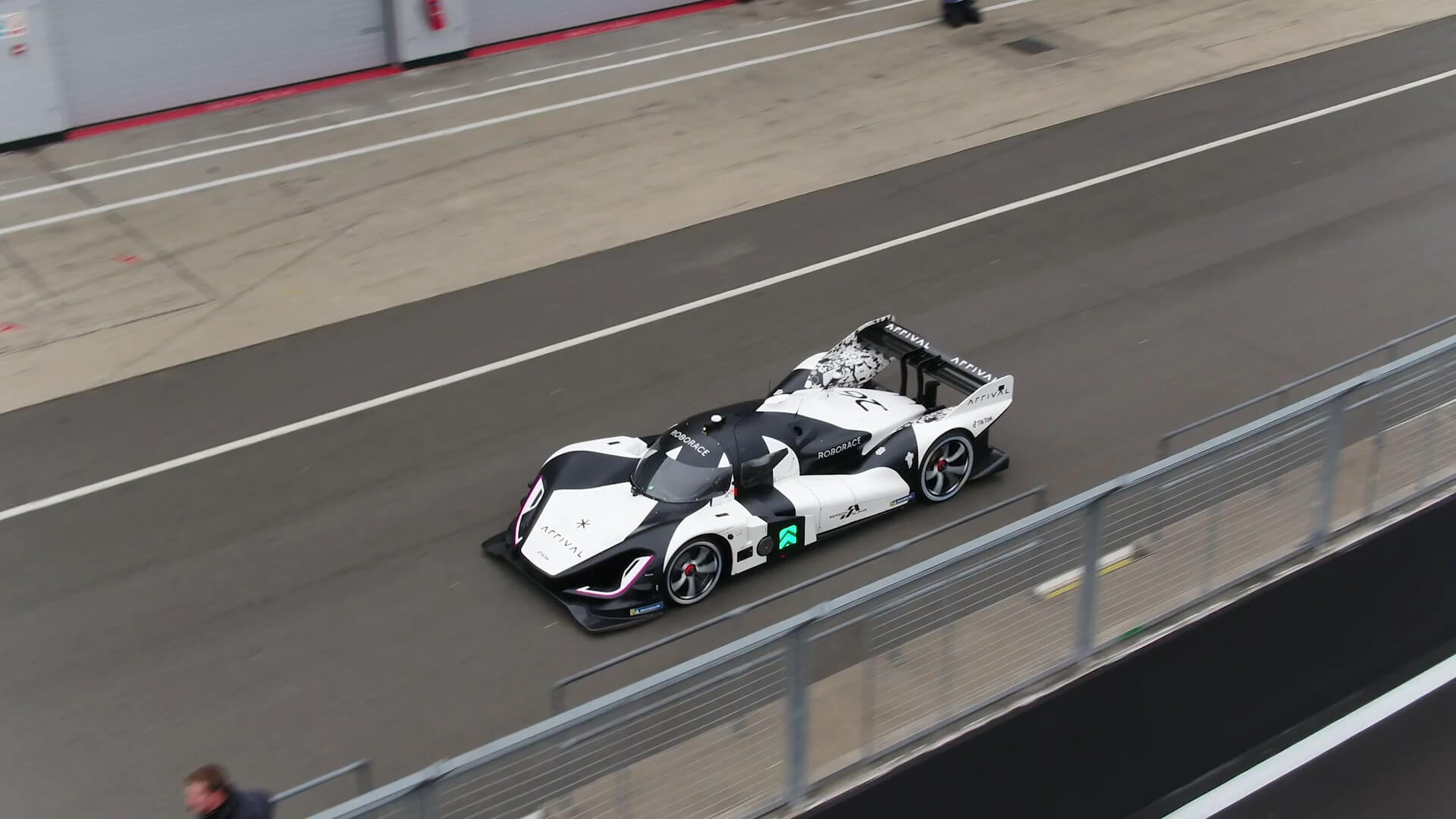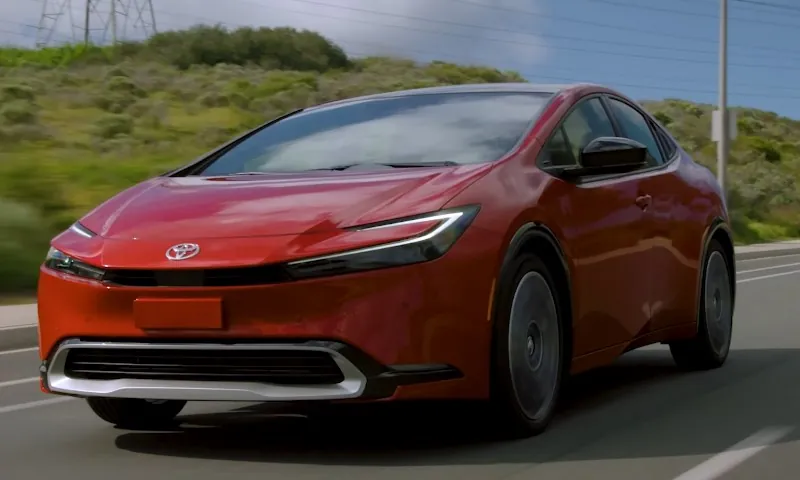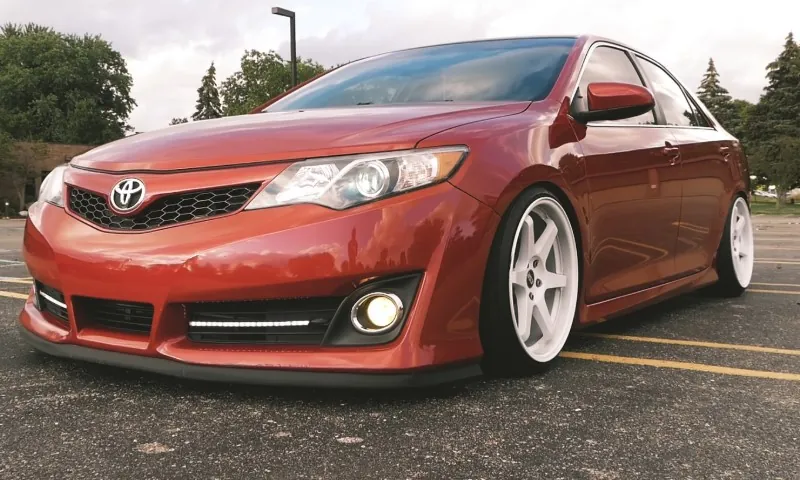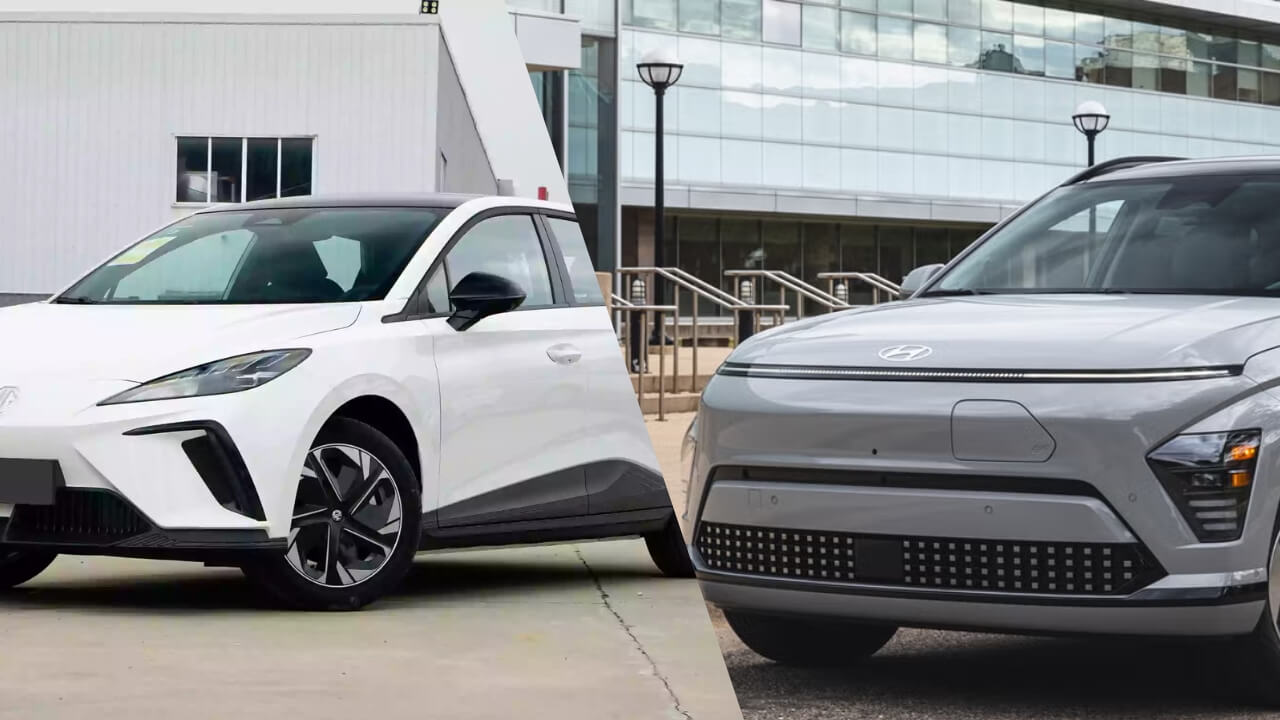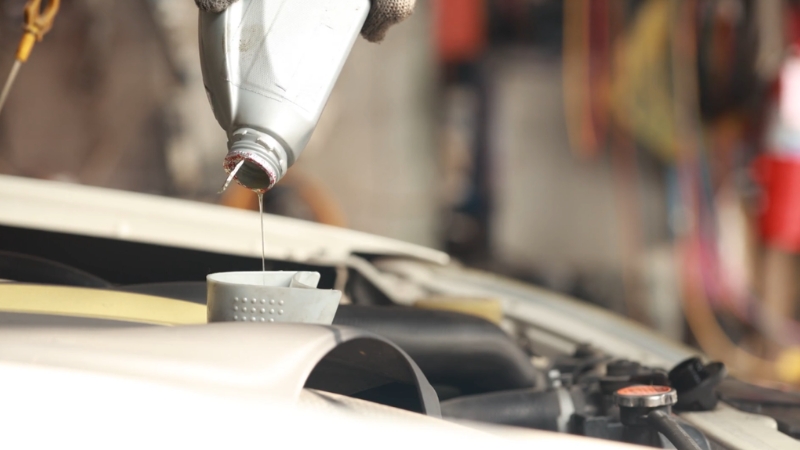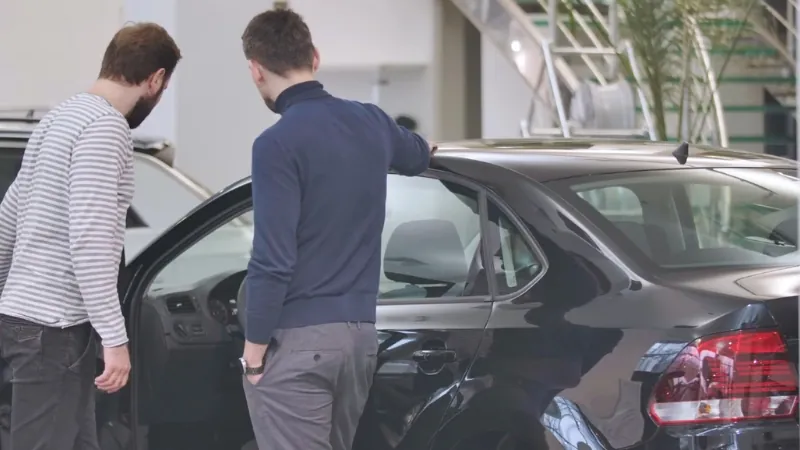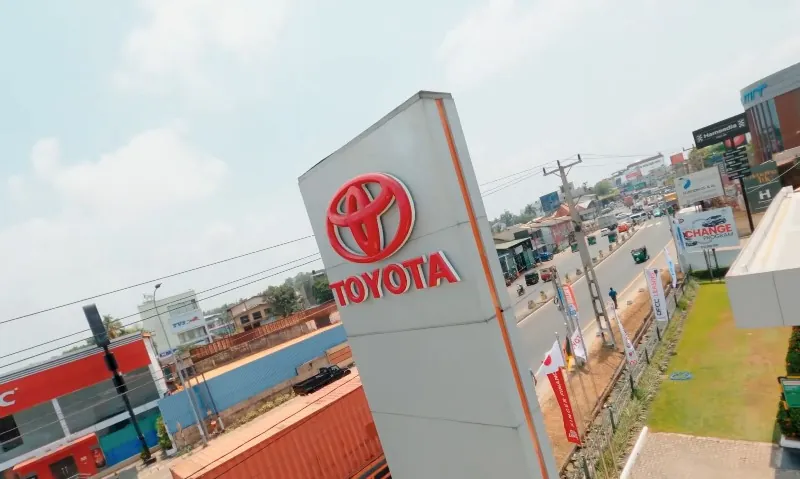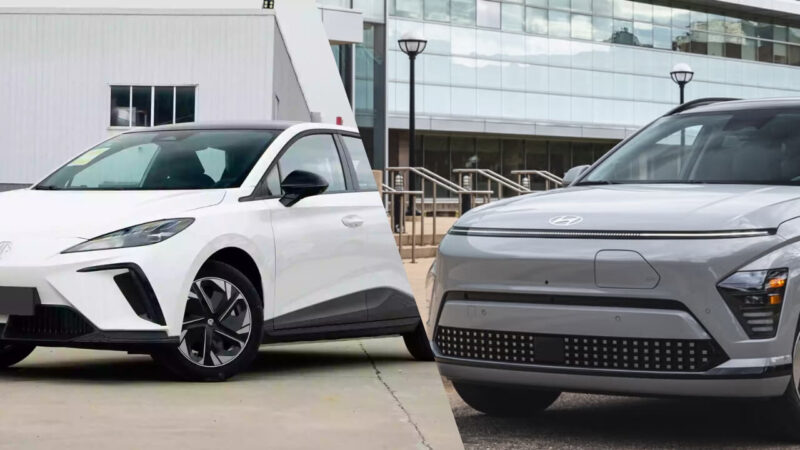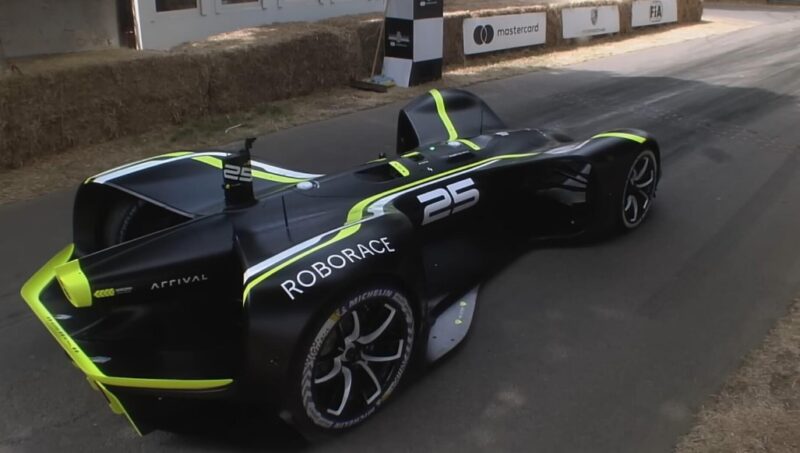
Share Post:
When Roborace burst onto the scene, it promised a revolution in motorsport, blending the thrill of racing with cutting-edge autonomous technology.
Autonomous, electric racing cars, unveiled during the 2016-17 Formula E Championship, were supposed to be the future. No more human drivers; instead, AI and algorithms would take the wheel, pushing the limits of engineering and redefining racing.
Table of Contents
ToggleWas This Engineering Peak or Overengineered Gimmick?
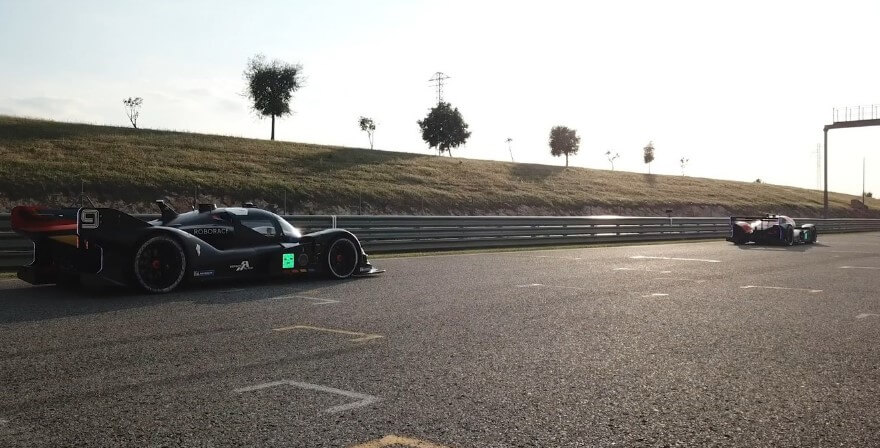
Roborace positioned itself as a proving ground for advanced engineering concepts, particularly in AI and autonomous vehicle technologies.
Imagine cars racing at breakneck speeds, reacting in milliseconds, making perfect maneuvers without a single human error. Sounds like a sci-fi dream, right? But, for some, it felt more like a nightmare.
- Cutting-edge technology integration
- Potential to improve safety and efficiency
- New opportunities for AI and autonomous vehicle advancements
- Lack of human emotion and unpredictability
- Potential loss of traditional racing excitement
- Economic and sponsorship concerns
Roborace was an ambitious attempt to pioneer a driverless motorsport series with autonomous, electrically powered vehicles, like Tesla.
Founded in 2015 by Denis Sverdlov, the series aimed to be the first global championship for autonomous cars, with the potential to revolutionize motorsports and push the boundaries of AI and automotive technology.
The Cultural and Professional Divide
The motorsport community remains split on Roborace. Innovators and tech enthusiasts hail it as the next big thing, a glimpse into the future where man and machine reach new heights.
On the other hand, traditionalists argue that racing without drivers loses its soul. The human element—the courage, skill, and sheer audacity of drivers—is what makes racing exhilarating.
Public and Professional Perception
Roborace has managed to attract a new type of fanbase. These are folks more interested in technological innovations than the traditional racing thrills.
They see Roborace as an exciting innovation, a blend of motorsport and tech that pushes boundaries. However, skeptics argue that without the human touch, the essence of racing is lost. After all, what’s a race without the rivalry, the grudges, and the comebacks?
Financial and Sponsorship Concerns
Let’s talk money. Traditional motorsport relies heavily on sponsorships, often driven by the charisma and skills of the drivers. Remove the drivers, and what happens to the sponsorship dollars?
The economic impact was a significant concern and was one of the reasons why the competition was disrupted. Companies invest in personalities as much as they do in the sport. Without drivers, will fans and sponsors still feel the same connection?
Revolution or Niche?
Roborace stood at a crossroads for a long time. It was about to either lead to revolutionary changes in automotive sports or remain a niche addition to the broader motorsport arena.
It was an experiment, one that pushed the envelope of what’s possible. But in the end, it was proven that it was not able to dethrone the traditional model. For now, at least.
So, Was It Ahead of Its Time or Destined to Fail?
Roborace certainly made a bold statement. It showcased what technology could do, challenging the norms of motorsport. Yet, the big question remains: Was it ahead of its time or simply destined to fail?
It seems like the latter. In May 2022, Arrival, the company that owns Roborace, announced the discontinuation of the Roborace program but expressed hopes of securing different sources of funding.
Key Points to Ponder
- Roborace blended AI and racing, a significant technological evolution.
- It faced mixed opinions within the motorsport community.
- Attracted a tech-savvy fanbase but also skepticism about maintaining racing excitement.
- Economic impact due to potential loss of sponsorship and fan investment.
- Future impact on motorsport remains uncertain—revolutionary or niche?
Final Words
Roborace, with its autonomous electric cars, represented a fascinating chapter in the evolution of motorsport. It showed the potential of AI and autonomous technologies, offering a glimpse into a possible future.
However, it failed to capture the hearts of traditional motorsport fans and secure its place in the racing world. It was a bold experiment, one that pushed boundaries and challenged perceptions.
In the end, Roborace asked us to reconsider what we value in motorsport: the thrill of human competition or the marvel of technological innovation.
It was never just about racing but about the future of how we engage with speed, technology, and the pursuit of excellence on the track. Although roborace was disrupted, it showed the reaches of technology and the lengths it is possible to go.
Related Posts:
- Signs Your Car Battery Is About to Fail (And What to…
- Volvo Fault Codes List - Stay Ahead of Common Issues
- Is the 2025 Ford Expedition Worth Its Price? An…
- Is Your Old Car Worth Anything? How to Determine Its Value
- Mitsubishi Outlander Maintenance in 2025 - Expected…
- Diesel vs. Gas Trucks - Which Has More Mechanical…


